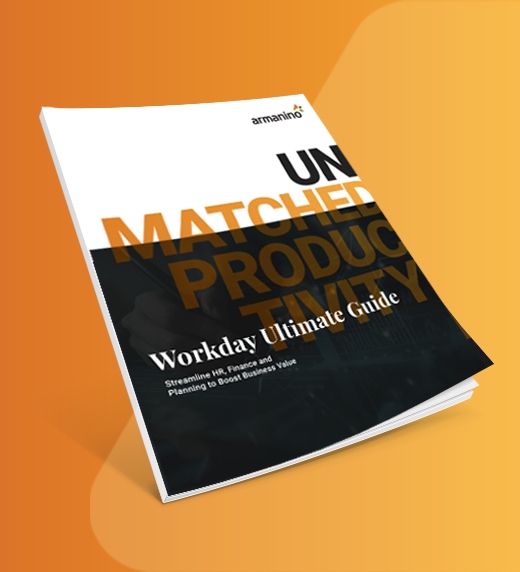
While almost all ERP buyers spend a great deal of time analyzing the functional differences between competing products, they seem to spend very little time scrutinizing how each product will be implemented.
Often buyers just assume that all vendor implementation approaches are the same and simply compare total estimates to make their solution selection. This is a big mistake and a common reason why so many ERP projects under deliver on their intended ROI.
For the success of your ERP project, here are three reasons why you should spend more time carefully analyzing competing ERP vendor implementation approaches:
1. ERP Projects are Change Management Projects - Not Technology Installs
At their core, ERP projects are fundamentally people-driven change management projects intended to improve business capabilities. Business capabilities comprised of people, process and technology solution elements. Just throwing your users the keys to a new technology product will not spontaneously result in the business improvement desired. Doing so will just result in one more under utilized system. A more comprehensive implementation approach that includes stakeholder engagement and knowledge transfer will enable high user adoption and proficiency, feature utilization and post go-live self-sufficient solution operation.
2. People-Driven Implementation Tasks are The Highest Cost Driver
Arguably, the required tasks and work effort of implementing any ERP solution successfully are nearly the same for any leading product when deployed by a competent vendor. Indeed, the required work is unavoidable; there are no real short-cuts without increasing project delivery risk. It is also true that the vast majority of this work (50-66%) is made up of people-driven tasks that are entirely independent of the particular ERP product selected. These tasks include project management, requirements analysis, solution design, data migration, user training, user acceptance testing, go-live deployment planning, and general Q&A support throughout the project.
That said, you should know that for sales reasons vendors purposely make very different assumptions in their proposals about how much support they will provide for each task. If the provider is silent on a task or has a lower estimate than others, rest assured they are assuming you will do it or do more of it as needed. That can all be fine, but just know what you are signing up for. So, while all vendor implementation approaches should be the same and the actual work effort will end up near the same, you should know they are never bid the same.
3. There is No Such Thing as a Standard ERP Project
Regardless of claims to the contrary, there is no such thing as a static, repeatable, “standard” ERP project. While there are similarities and best practices that can be applied, every project differs on both a business and a human level. On the business level, every company’s specific needs, stage of growth, pace of change and circumstances differ even within the same industry segment (just as their business strategies differ). On a human level, every project sponsor, project manager and key stakeholder’s temperament, familiarity with ERP solutions, skill set, aptitude and expectations differ, along with the organization’s collective willingness and capacity to change. Considering all these factors, it highlights the need for well-defined and understood expectations on the implementation approach upfront. It also warrants spending the time needed to review each vendor’s implementation approach and assumptions to ensure their “standard” approach really does meet your needs.
Summary
As they say in both sports and business, execution is what really drives whether you achieve your objectives. Consequently, focusing on how your new ERP will be implemented is as important as what ERP product you choose. Not all vendor implementation proposals are the same. Make sure you know what you are getting and not getting. Become an informed buyer to assess the fit of both product and implementation approach in order to select the right ERP solution for your organization.
This article was first published in MSDynamicsWorld.com on October 12, 2010
December 28, 2010


